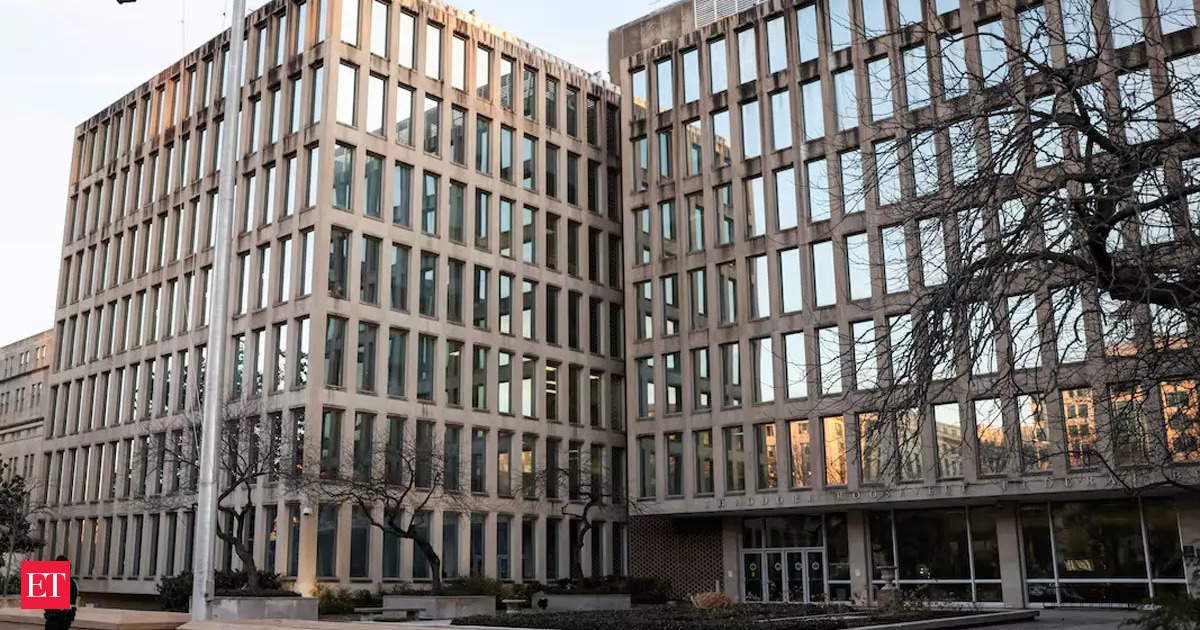In the remote colony of Kookanam, near Karivellur grama panchayat, the Chakaliya community is grappling with the imminent loss of its unique language Madhika. K.P. Narayanan, 87, and his niece Rajputhri, the last fluent speakers of Madhika, fear that after them, the language, which has no script, will be lost to the world. Narayanan gives voice to his concern in Madhika, “Ee bhasha namiki matra hothidanthi.” Despite sounding similar to Kannada, Madhika can still bewilder listeners due to its diverse influences. It is a blend of Telugu, Tulu, Kannada, and Malayalam. The younger generation, drawn to mainstream languages like Malayalam, shows little interest in learning this linguistic relic. The duo acquired the language from their forebears, but with the passing of older speakers, they find themselves the last living link to the past. “People of our community, especially youngsters, are not interested in learning the language. They prefer Malayalam, which is taught in schools and is spoken here,” he says. Rajputhri, echoing her uncle’s sentiments, says her children too are not interested in speaking Madhika. Retired Malayalam teacher N.P. Vijayan, who studied the community as part of his doctoral research, says the community was nomadic and worshippers of Thiruvenkatramana and Mariamma. The community in northern Malabar migrated from the hilly regions of Karnataka centuries ago, he says. Several members of the community still live in small numbers in areas such as Palakunnu, Kookanam, Pranthanchal, and Ezhilode. Initially recognised as Scheduled Tribe, it was later included in the Scheduled Caste category in Kerala. Mr. Vijayan says the mention of the community can be found in the book Caste and Tribes of Southern India. Though Madhika is a blend of different languages, it is largely influenced by Havyaka Kannada, an old form of Kannada. Since no documentation has been done, the language may not survive people like Narayanan and Rajputhri, he adds. Social activist Muraleedharan Karivellur attributes the language’s neglect to the social stigma associated with the Chakaliya community. Considered untouchables, they were not allowed to participate in feasts associated with marriages and funerals in the past. Dead was a source of sustenance, providing meat for consumption and hide for making sandals. A few got into agriculture. Muraleedharan says that for a significant period the community faced dehumanising treatment. Hence, many of its young and educated people want to dissociate themselves with the past. “They do not even want to be identified by their language and prefer to speak Malayalam,” he adds. Like many native languages that perished, Madhika too is pushed into oblivion by a dominating language, Malayalam, says Muraleedharan.










